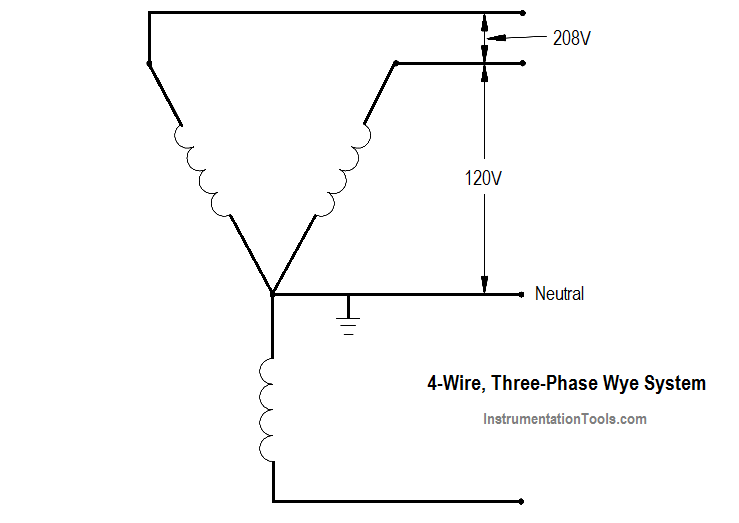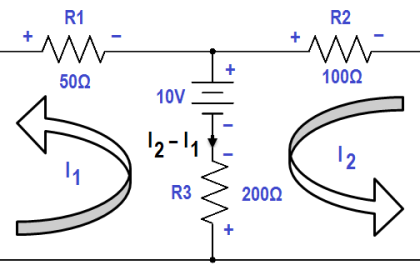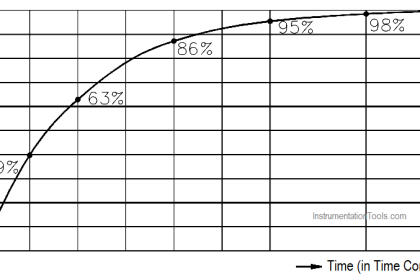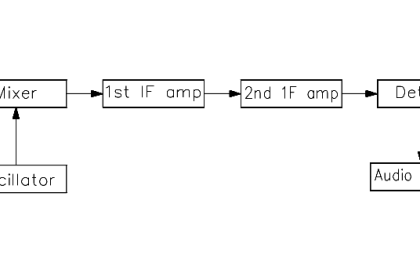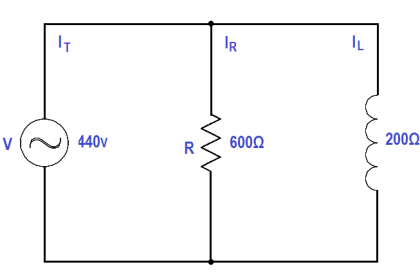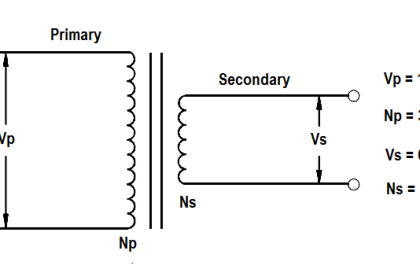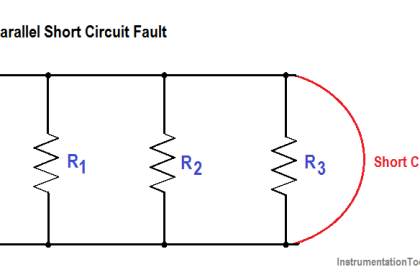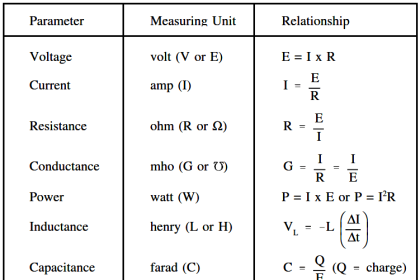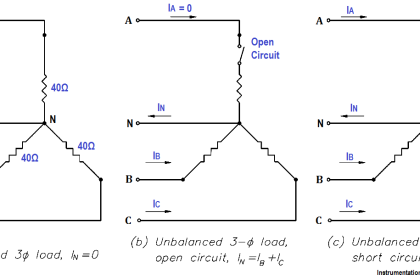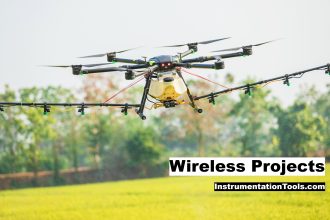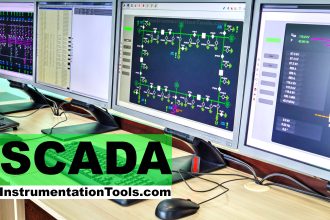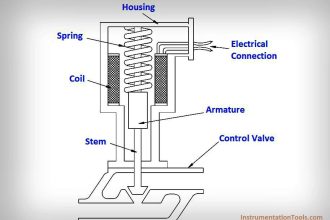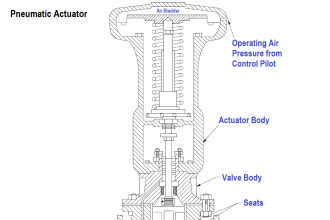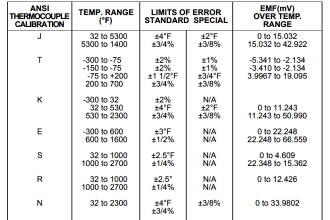Unlike the single-phase wiring scheme that must make a provision for a neutral leg and separate ground, the three-phase system needs neither a separate neutral nor a ground to operate safely. However, to prevent any unsafe condition, all 3- and 4-wire, three-phase systems can include an effective ground path. As with the previous single-phase discussion, only the secondary side of the transformer and its connected load need to be studied.
4-Wire, Three-Phase Wye Wiring System
Until now, the voltage, the phase voltage, and the ground voltage of the three-phase systems have been equal, with the one exception of one phase of the corner-grounded Delta. The Wye system has completely different voltage characteristics from the Delta system. In the Wye system, the ground voltage or voltage available from phase to ground is the phase voltage divided by 1.73.
In Below Figure, an example of the Wye system, or center-grounded Wye as it is commonly referred to, extends three current-carrying insulated conductors and an insulated grounded neutral to the loads. Depending on the selection of conductors, one of the following is available: a reducedvoltage single phase between a phase leg and the neutral; a full-voltage single-phase circuit between any two phase legs; or a full-voltage three-phase power.
Again, some precautions must be taken when balancing the single-phase loads in the system. The full load ampacity of the neutral must be sized to 1.73 times the highest phase ampacity. This is done to avoid either an over-current condition if a fault is present or the operation of single-phase loads at reduced voltage if the loads become severely unbalanced by accidental interruption.
As with all other grounded systems, bonds are established between the grounded neutral and all components of the system. This system is recognized as the safest possible multi-purpose distribution system for low voltage and is commonly seen in the 208/120-volt range in many facilities.
